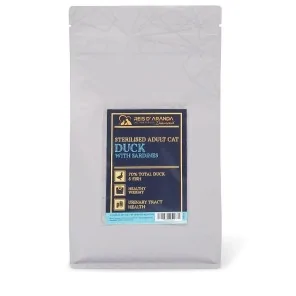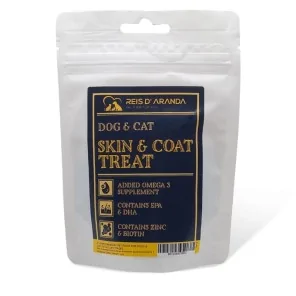Its name says it all: the Vienna blue rabbit comes from Austria. Not only is it beautiful with its shiny blue-grey...
THE TURKISH VAN CAT
INTRODUCTION
The Van cat (Turkish: Van kedi; Armenian: Վանաա կատու) is a rare cat breed. It originates from the Lake Van region of the Armenian highlands, now southeastern Turkey.
THE ORIGIN OF THE TURKISH VAN CAT
The Turkish van is a peculiar and ancient breed whose origins could be traced back to the Lake Van area of Turkey. Lake Van is located in the mountains, with cold, long winters and comparatively hot summers. This breed has adapted physically by growing its dense coat, similar in feel to cashmere wool, during the winter and shedding its medium-length coat in the summer, giving it the appearance of a short-haired cat. Possibly, it has adopted this characteristic in order to be able to swim and cool itself.
When the breed was first recognised, it was given the name Turkish cat, but in 1979 it was changed to Turkish van to distinguish it from the Turkish angora cat breed, which originated in Ankara, Turkey. In 1960, the International Cat Federation (FiFe) recognised the Turkish van as a breed. In Turkey, the cats are considered national treasures, and their conservation is under the supervision of the Turkish Faculty of Agriculture and the Ankara Zoo.
WHAT IS THE TURKISH VAN CAT LIKE?
The Turkish Van Turkish cat is a medium to large-sized feline with a muscular body and a rounded head. Its eyes are large and oval, and can be amber, green or blue. Its coat is one of the most distinctive features of the breed, with a white base and coloured patches on the head and tail. The pattern of the markings varies from cat to cat, but are usually black, red, brown or brindle. In addition, some Van Turco cats may have patches on other parts of the body.
Genetically, the distinctive coat pattern of this cat breed is believed to be the result of a mutation in the KIT gene, which controls melanin production. This mutation results in reduced melanin production in the areas of the body where the coloured patches are found. Because of the way this mutation is inherited, some Van Turco cats may have larger or smaller spots than others.
THE HEALTH OF THE VAN TURCO CAT
Vans are generally in good health, although some cases of a heart disease called hypertrophic cardiomyopathy (HCM), which is the most common heart disease in cats, have been reported. It is advisable to buy a kitten from a breeder who offers health guarantees.
The coat of the Turkish van is soft and of medium length. While most cats have three distinct types of hair in their coat, the Turkish van has no undercoat. This makes its coat resemble cashmere wool to the touch. In addition, the absence of undercoat also gives it a slender appearance. Kittens and young cats have a less developed coat than adults. The coat does not reach its maximum length until at least two years of age. In summer, the coat is short, which becomes longer and thicker in winter.
THE PERSONALITY OF THE TURKISH VAN CAT
The Turkish van is energetic, playful and fun-loving. He loves to play and is sociable with other animals and people. It tends to form a close bond with its owners and requires a lot of attention. The Turkish van likes to jump, climb, play fetch and may bring you different toys to start playtime.
This sweet and affectionate breed loves to participate in everything, as well as curl up in your lap. Although the Turkish Van is a great family cat, he likes to be cuddled and held on his own terms, and not for long periods. Although they are affectionate cats, they are not very tolerant of those who pull their tails or try to pet them.
CONCLUSION
The Turkish van cat is very loyal and affectionate, although it needs its moments of independence. It is quite sociable and gets along well with other animals, as long as they respect its undisputed leadership.
Leave a comment
Log in to post comments
















